From storms to tornadoes and earthquakes to volcanoes, campers learned about many amazing forces of nature that have shaped Colorado’s past and will be a part of its future.
Monday: Meteorologists in Training
To start off the week, campers learned some meteorologist skills and some storm basics. First, campers did an experiment to learn the answer to the age-old question, “why is the sky blue?” We put a flashlight up to a milk and water mixture to see how the liquid, just our our atmosphere scatters blue light that we see. Next, we learned more about storms, what their classifications mean, and how they work. We did an experiment with food coloring and shaving cream to make rain clouds and another with colored ice in cold and warm water to see the two “fronts” come together to make a storm! We also made tornadoes in soda bottles, and learned what to do to stay safe in a tornado.
We wrapped up our first day with exploring in the creek and investigating how different types of weather could affect the water and the plants and animals that live there.
Monday: Meteorologists in Training
To start off the week, campers learned some meteorologist skills and some storm basics. First, campers did an experiment to learn the answer to the age-old question, “why is the sky blue?” We put a flashlight up to a milk and water mixture to see how the liquid, just our our atmosphere scatters blue light that we see. Next, we learned more about storms, what their classifications mean, and how they work. We did an experiment with food coloring and shaving cream to make rain clouds and another with colored ice in cold and warm water to see the two “fronts” come together to make a storm! We also made tornadoes in soda bottles, and learned what to do to stay safe in a tornado.
We wrapped up our first day with exploring in the creek and investigating how different types of weather could affect the water and the plants and animals that live there.
|
The remote location, without wifi, cell service, or even outlets to charge phones, is a big change for many GLC students. The cabin is “off the grid;” all electricity comes from solar panels on site, and water is pumped from a well, using electricity from the solar panels. Water and energy conservation is extremely relevant. The cabin ran out of water as we were washing breakfast dishes on Sunday morning, which was a novel and educational experience for many students.
Kevin Grunewald, Laramie Foothills Assistant Steward, met us on Friday morning and gave us a tour of the land and described the history and work of The Nature Conservancy as we hiked down to the river. After our hike to the river and back, we had time to settle into the delightful cabin in which we are fortunate to stay each summer. |
|
After a bit of solo exploration time, our students learned the basics of orienteering and using a compass and a map, as led by our Greenway staff member, Mike. GLCers discussed survival essentials when heading out into the wilderness, and then had a chance to practice some new skills with a map and compass. Maps support spatial thinking and can help build foundational skills that unfortunately are not often taught to students. In fact, “the 2010 National Assessment of Geography revealed that only 21 percent of fourth graders in the United States were performing at grade level in an assessment that included basic map skills, among other geography content and skills. This number drops below 10 percent for students identified as African-American or Hispanic” (Esri). We wrapped up the night with some games, and took a night hike, which was a trip highlight for many students.
|
|
On Saturday morning, we woke up early to meet our trail building leaders from Wildlands Restoration Volunteers (WRV). The amazing WRV leaders taught us about the tools we’d be using, and we quickly grabbed our gear and headed down to the river. At the fourth river crossing, we set up shop and spent the day working on building stairs on opposite banks of a river crossing. These stairs will help decrease erosion of the bank. The day consisted of “rock shopping,” or searching nearby for different sized and shaped rocks to be used to build stairs. Big rocks, flat rocks – even gargoyle shaped rocks – were all utilized in the construction of our new stairs. Our two teams work together to transport and place the rocks, as well as dig out s
paces for them and fill in the spaces around the largest rocks to ensure stability and longevity. After our full day of trail building, we hiked back up to our cabin for some much needed rest and dinner. |
|
On Sunday, we woke up early again to get in a few more hours of trail building. We traveled further upstream from where we worked the day before and again split into two teams. The first successfully completed another staircase, again to help with erosion. The second team went rock shopping again, this time for some gigantic rocks. With our fearless (and strong) WRV leaders, we managed to move some rocks that required eight people working together to move them! We didn’t have time to finish this second staircase, but we did find and transport many rocks so that the materials would be ready for the next crew.
|
Our students and staff had a spectacular time, learning about and experiencing so many new spaces, skills, and sceneries. A huge thank you to The Nature Conservancy and Wildlands Restoration Volunteers for their continued support with this annual project. Every year we have students saying they can’t wait to come back the following year, and that this trip is the highlight of their year. Thank you for making this possible, because without you we couldn’t make it happen.

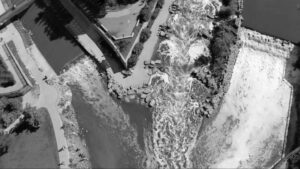
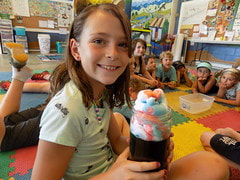
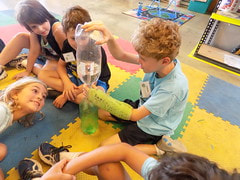


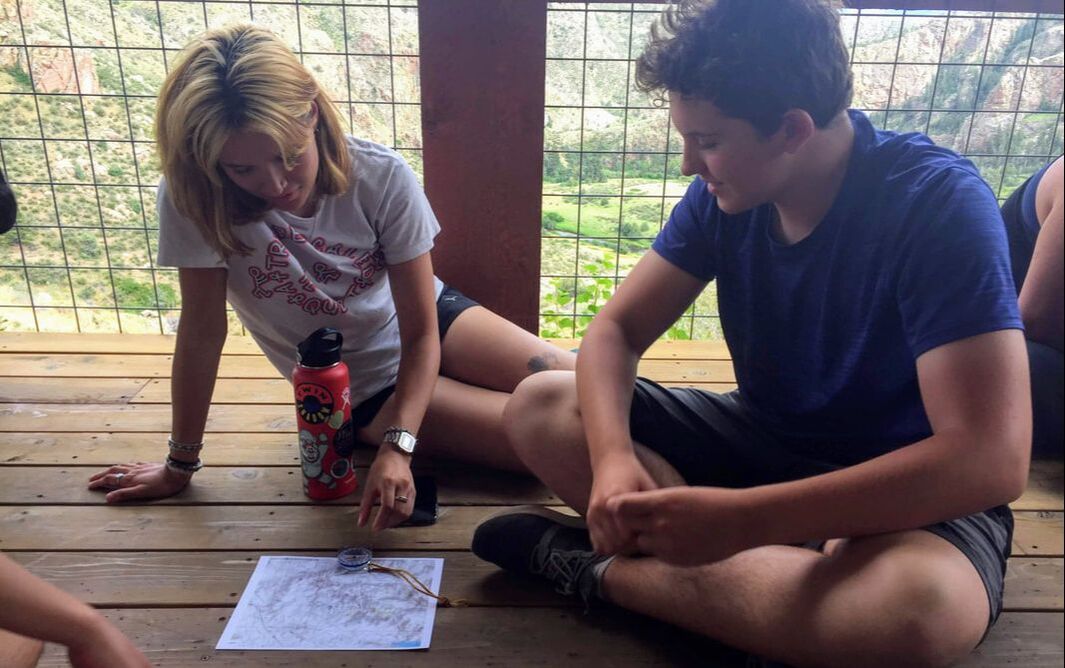
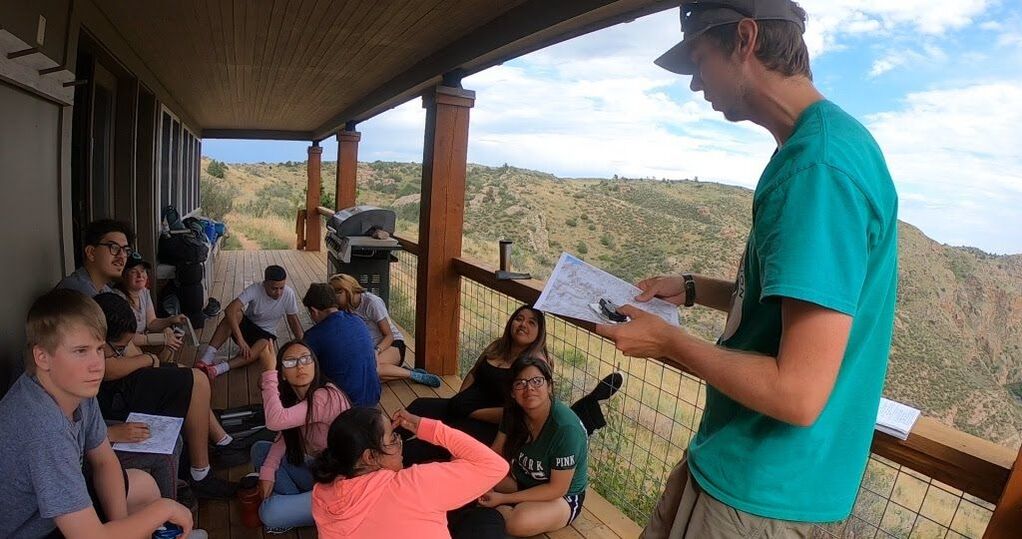
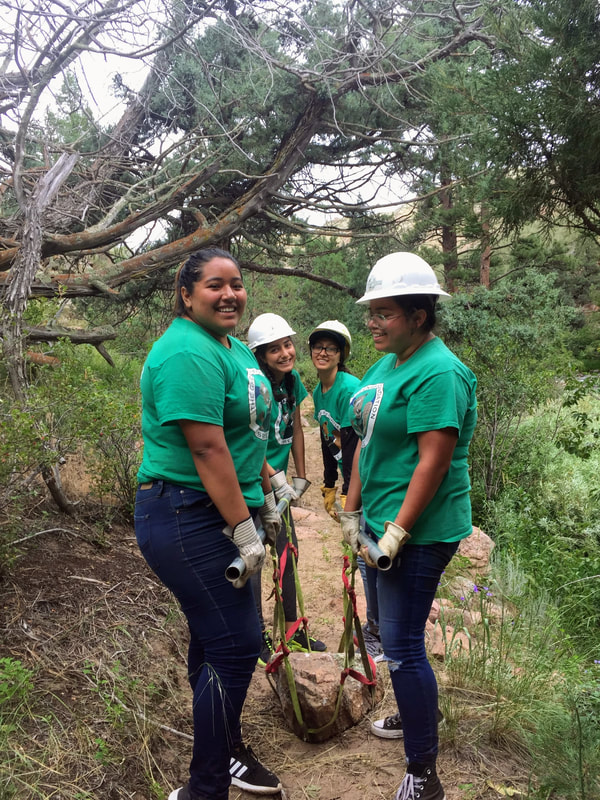
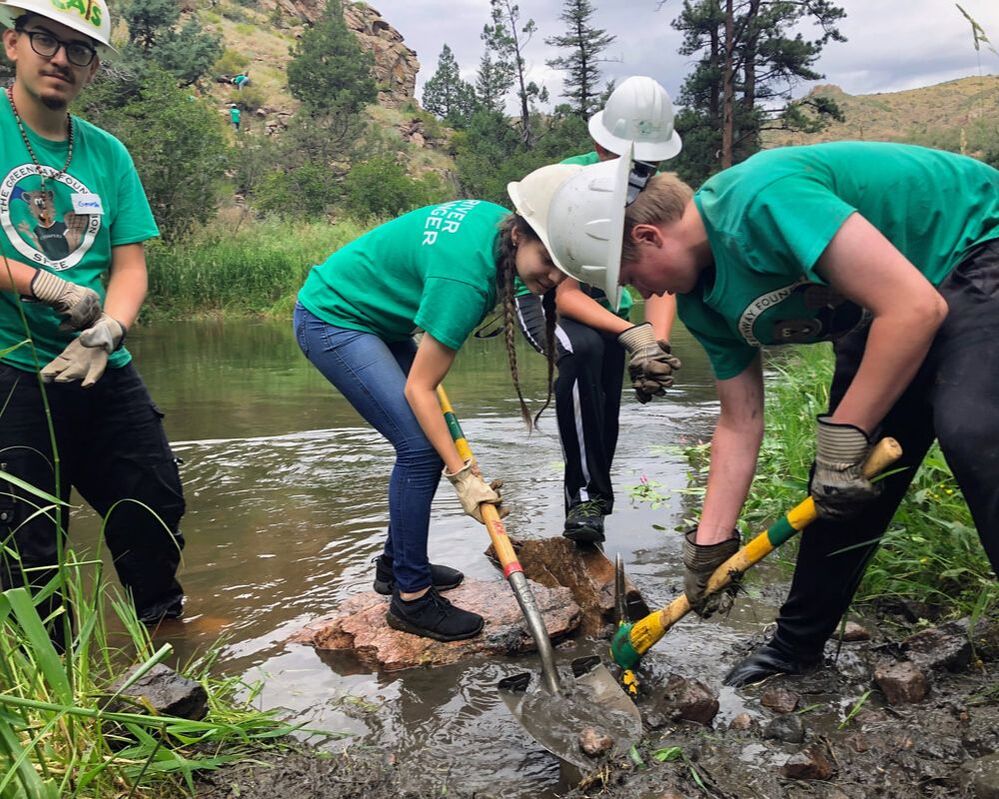
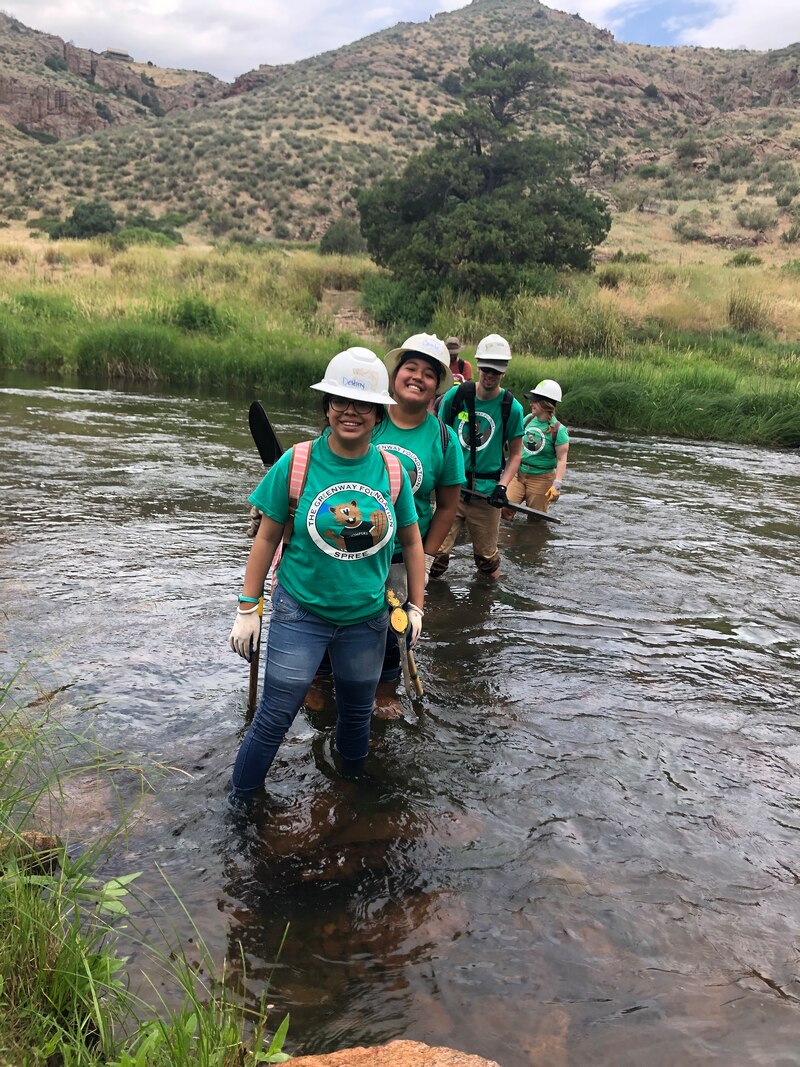
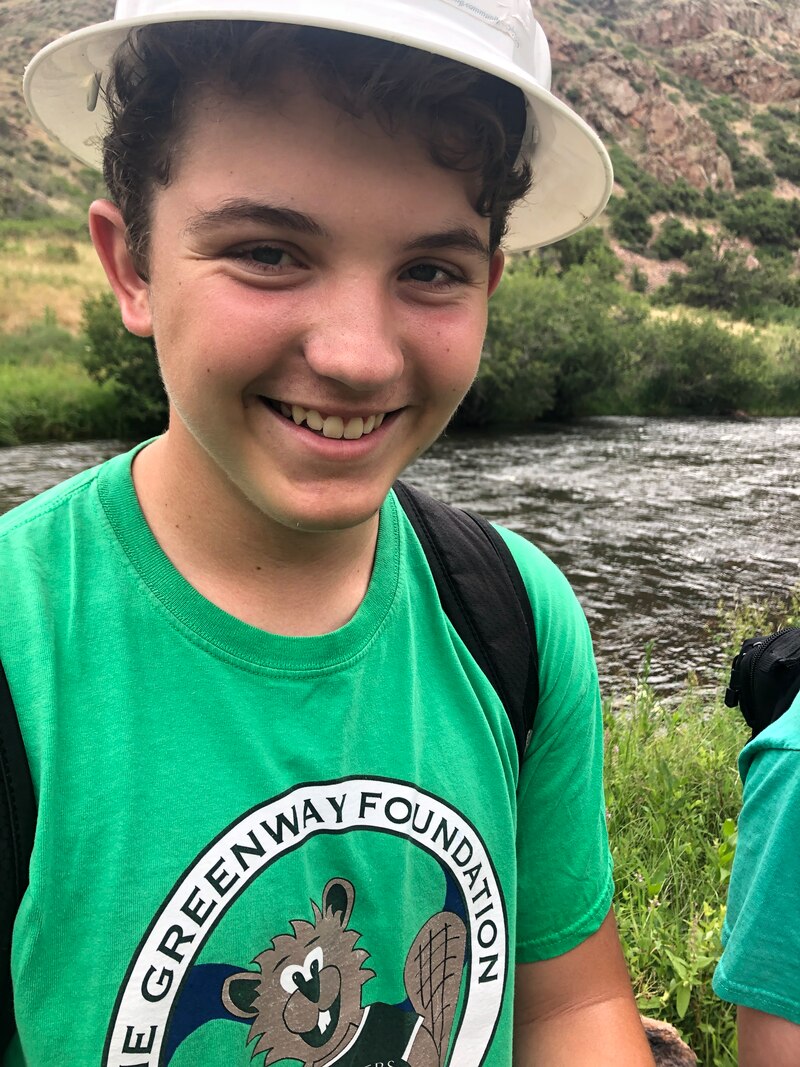
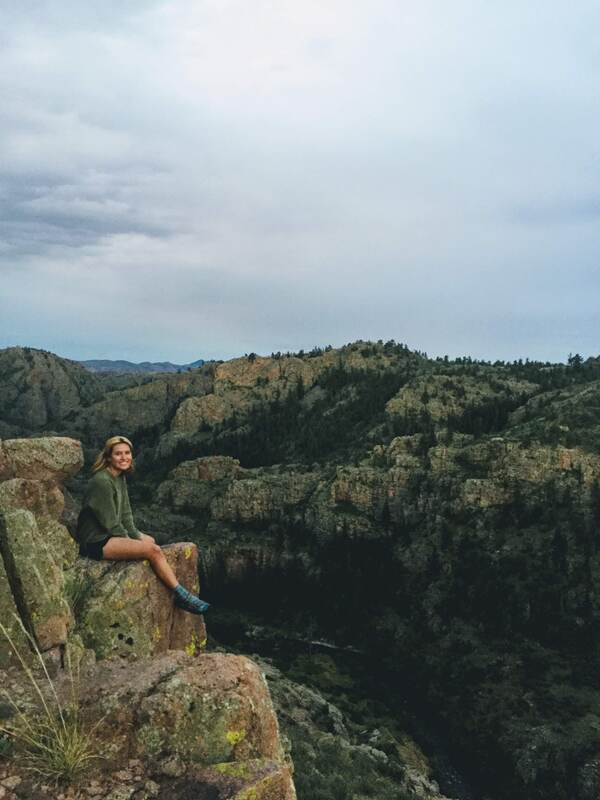
My son Cade attended this trip and LOVED it! He can’t wait for the next one. Thank you for making this an excellent experience for the kids!